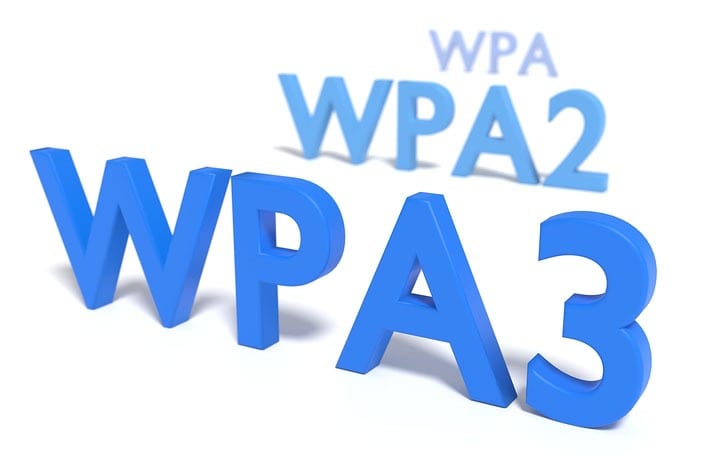The Wi-Fi Alliance has finally announced they are rolling out their WiFi 6 certification program, which means that a faster, safer WiFi standard is officially here. The news came just before Apple announced the iPhone 11 would have WiFi 6 support, but it is not the first device to be certified by the Wi-Fi Alliance.
First Wi-Fi CERTIFIED 6 Smartphone
During their recent keynote, Apple announced the iPhone 11 would come with WiFi 6 support. However, that doesn’t mean the new iPhone will ever be Wi-Fi 6 certified since Apple has not sought certification for their devices from the Wi-Fi Alliance in years.
Instead, the Samsung Galaxy Note 10, which was released last August and is already available all over the world, became the first smartphone to receive Wi-Fi 6 certification from the Alliance.

This doesn’t mean that the Samsung Galaxy Note 10 is more capable of meeting WiFi 6 standards. Apple is actually a member of the Wi-Fi Alliance, but the company chooses not to get their products certified. So what does it mean for a device to be Wi-Fi certified?
What does Wi-Fi 6 Certification Mean?
Essentially, the Wi-Fi Alliance certifies whether devices are capable of handling their new WiFi standard. This new standard offers the following benefits:
- Higher data rates
- Increased capacity
- Better performance in environments with many connected devices
- Improved power efficiency
In a nutshell, WiFi 6 promises faster internet, especially in today’s smart homes, where more and more devices require a wireless internet connection.
Additionally, the new standard comes with the first major security update in over a decade.
What is WPA3 Security?

While there have been many advancements to WiFi standards over the years, there hasn’t been a security update since 2004. Now, WiFi 6 supported devices will come with WPA3 security standards, or the third generation of WiFi Protected Access security measures.
WPA3 will come with different security protocols designed for home users and businesses. WPA3-Personal will have better protection against hackers attempting to crack your password with repeated guesses. While WPA3-Enterprise will offer stronger encryption for businesses and governments. So, basically, any WiFi 6 devices will be faster and harder to hack.
There are already several devices that already support WiFi 6, with many more to come.
Other Wi-Fi CERTIFIED 6 Products
With the Samsung Galaxy Note 10 getting WiFi 6 certification and the release of Apple 11, it’s only a matter of time before more products offer WiFi 6 support. As of this writing, the following products have received certification:
- The Broadcom BCM4375
- Broadcom BCM43698
- Broadcom BCM43684
- Cypress CYW 89650 Auto-Grade Wi-Fi 6 Certified
- Intel Wi-Fi 6 (Gig+) AX200 (for PCs)
- Intel Home Wi-Fi Chipset WAV600 Series (for routers and gateways)
- Marvell 88W9064 (4×4) Wi-Fi 6 Dual-Band STA
- Marvell 88W9064 (4×4) + 88W9068 (8×8) Wi-Fi 6 Concurrent Dual-Band AP
- Qualcomm Networking Pro 1200 Platform
- Qualcomm FastConnect 6800 Wi-Fi 6 Mobile Connectivity Subsystem
- Ruckus R750 Wi-Fi 6 Access Point
Take note, however, that there is no need to replace the devices that you have right now for ones that offer W-iFi 6 support or certification. Soon every device that requires internet connectivity will be WiFi 6 supported. And some devices might start to come with WiFi 7 support soon, seeing as the new wireless standard is already being developed.
According to the group that develops WiFi standards, WiFi 7 will have speeds of up to 30 gigabits per second. It will be even better for smart homes than WiFi 6. But WiFi 7 won’t be here until 2024, so let’s set our sights on devices that will soon have WiFi 6 support and certification.


